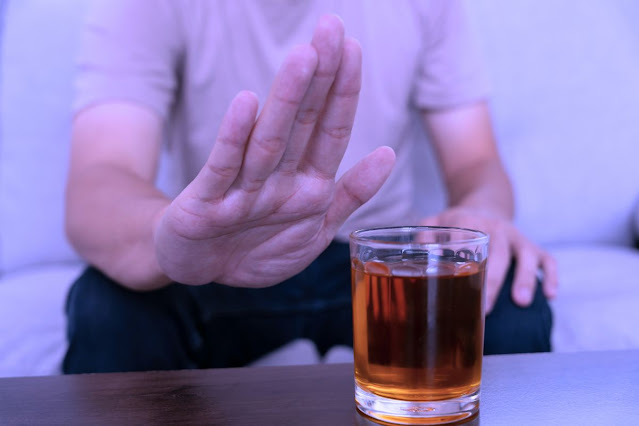Seizure First Aid and the Importance of Knowing It
Today I’d like to talk about first aid for seizures, because it’s something that is equally important and misunderstood. Not only do many people not have any idea what to do if they see someone having a seizure, but a lot of them actually have incorrect assumptions which can be even more dangerous than doing nothing.
So I hope by the end of this post, anyone reading it will have a better idea of what to do if someone near them ever has a seizure. But first, let’s talk about why it’s important that everyone has more information on seizure first aid.
Knowing Seizure First Aid Is Important Because…
Even if you don’t personally know someone with epilepsy, you or anyone else could witness someone having a seizure at any moment. More people suffer from epilepsy than you may think, and someday you might be in a position where you can save someone else’s life just by having the proper information.
It may even be a loved one, because aside from epilepsy, there are a lot of different reasons why someone would have a seizure even if they never have before. So please take the time to learn about how you can help, it will make everyone a little bit safer!
Seizure First Aid -
There are different ways to handle seizures depending on what type of seizure the person is having. For this post, we’re going to divide it into first aid for non tonic clonic seizures and tonic clonic seizures.
Non Tonic-Clonic
For seizures that aren’t tonic clonics that still render the person partially or sometimes fully unconscious, you should stay with the person until they’re fully awake. Continue to stay by them for a few minutes to make sure they recover, and use this time to explain to them what happened.
Coming out of a seizure is difficult and the person may be confused or upset, be kind and talk clearly to the person until you’re sure they’re ok. If you or they don’t feel they can make it home safely, consider offering to call a taxi.
Tonic-Clonic
- Help the person gently to the ground, they won’t be able to stand or sit for long during a tonic clonic and falling could cause injury.
- After they’re safely on the ground, turn the person on their side to help with their breathing.
- Loosen anything around their neck they may constrict breathing, such as ties, scarves, etc.
- Remove the person’s glasses if they’re wearing any.
- Put a folded jacket, or anything else you can find that’s soft and flat, under the person’s head.
- Try to clear the area around the person the best you can, hard or sharp objects could harm them while they’re seizing.
When To Call 911 -
There are certain situations in which the person having a seizure will need professional medical help, and you’ll need to call 911. You should call 911 if…
- A tonic clonic lasts longer than five minutes.
- The person was hurt during the seizure.
- The seizure happened, or is happening, in water.
- The person is having difficulty breathing or waking up after the seizure has ended.
- The person has another seizure within a short period of time after the first one.
- The person has never had a seizure before.
- The person is pregnant.
- Or if the person has other health conditions like heart disease, diabetes, etc.
What You Shouldn’t Do When Someone Is Having A Seizure -
Just the same as there are things you should if someone is having a seizure, there are things that you should never do!
- Don’t attempt to give the person CPR during a tonic clonic. Most of the time the person will start breathing naturally after the seizure ends, and trying to give them CPR during the seizure could end up causing injury to you or the person you’re trying to help.
- Don’t try to hold the seizing person down or restrict their movements in any way. The safest thing to do is just give them room to move safely without injuring themselves by moving objects away from them as I mentioned earlier.
- Don’t place anything in the person’s mouth during a seizure. Contrary to what some people believe, people can’t swallow their tongue during a seizure. So by putting something in their mouth to try to stop the impossible from happening, you could actually end up causing injury to their teeth or jaw.
- Don’t give the person anything to drink or eat until you’re sure they’re completely alert after their seizure.
To Wrap It Up…
I hope this post was helpful, and taught you some things you didn’t know about seizure first aid. Or at least served as a refresher course if you forgot some things.
Seeing a person, whether they be a loved one or a stranger, have a seizure can be scary. And it’s easy to get shaken up and forget what to do, that’s why it’s best to regularly remind yourself of these first aid guidelines so that it’s second nature to you should you ever need it. Knowledge is one of our biggest weapons!
And I’d like to take a minute to thank you for reading this, because it means that you take seizures seriously and have a heart that wants to help others and keep them safe.
Hopefully more and more people will learn about first aid for seizures so that everyone with epilepsy is a little bit safer, because they have more people who know what to do for them in their most vulnerable moments.


Comments
Post a Comment